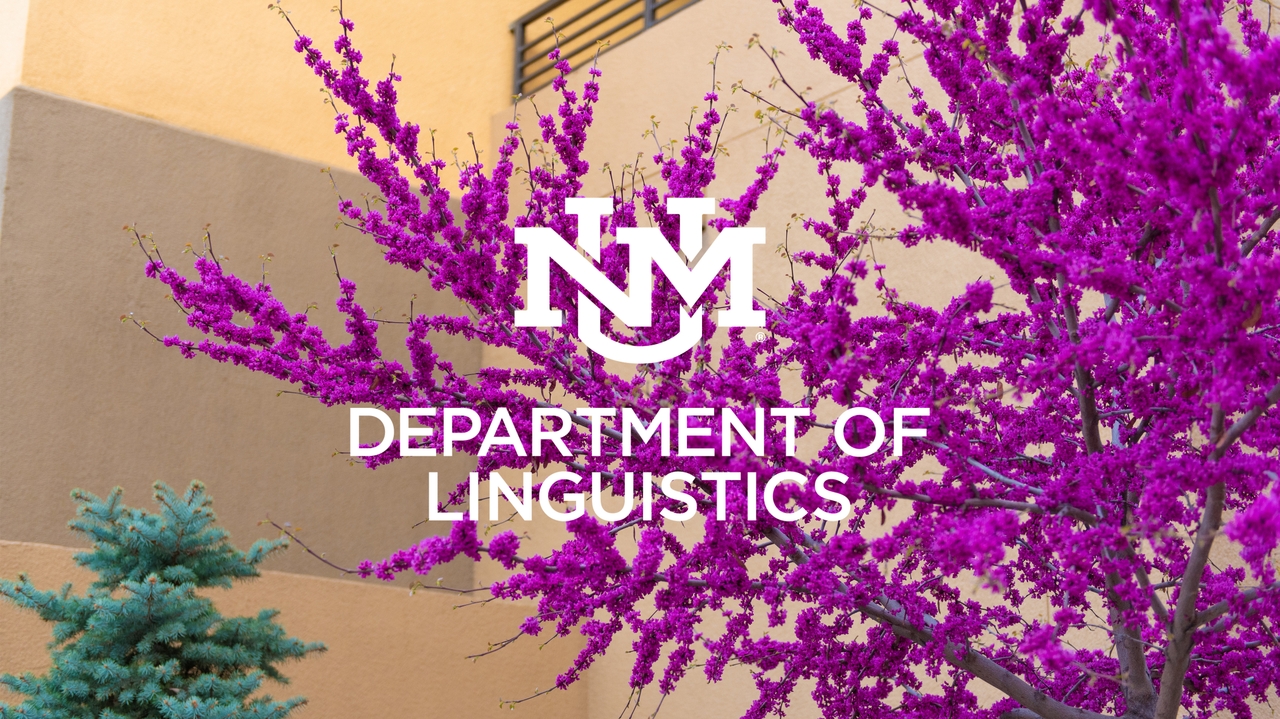Linguistics researchers identify primary consonants
November 21, 2022
 Two professors of Linguistics have identified the "primal consonants" of human languages ̶ a small set of five consonant types that most likely were the original consonant sounds in early, even pre-human, communication, and subsequently underwent change to form the modern-day inventory of 500 to 600 different consonants found in languages across the globe.
Two professors of Linguistics have identified the "primal consonants" of human languages ̶ a small set of five consonant types that most likely were the original consonant sounds in early, even pre-human, communication, and subsequently underwent change to form the modern-day inventory of 500 to 600 different consonants found in languages across the globe.
Distinguished Professor Emerita of Linguistics Joan Bybee from The University of New Mexico and University of Hawai'i Mānoa assistant professor of Linguistics Shelece Easterday, who completed her graduate studies at UNM, recently published their findings in a new article in the international journal Language Dynamics and Change.
Two age-old questions about the nature of human language are: Where does it come from? And how did it become the way it is? This research is a contribution to understanding the larger story of how human language could have evolved, Bybee said.
Bybee explained that the proposed primal consonants come from five sets: the stops made with full closure of the lips (labials), /p b m/; stops made with the tongue creating closure at the teeth or behind the teeth, /t d n/; stops made with the back of the tongue against the soft palate, /k g ŋ/; and two others, fricative /s/ and lateral /l/.
Read more in the UNM Newsroom
